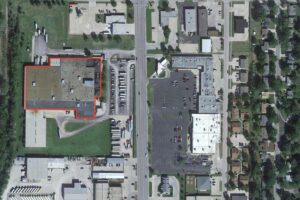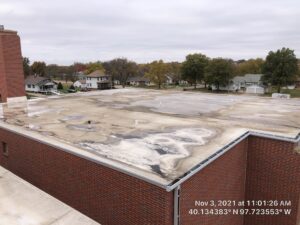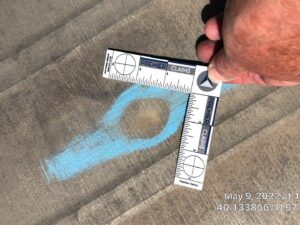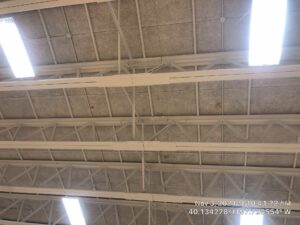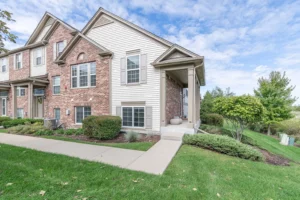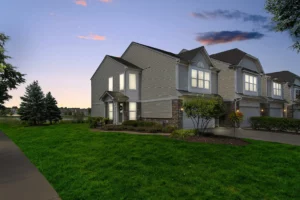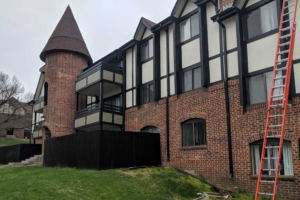In the grand theater of meteorological events, two powerful weather phenomena play starring roles: tornadoes and downbursts. Though they both may seem like formidable players causing extensive damage, they are distinct in their formation, the type of winds they produce, and the nature of destruction they cause. This blog will dive into the world of tornadoes and downbursts, with special emphasis on macrobursts and microbursts, and will guide you on how to ensure your property is adequately covered by insurance for such events.
Tornadoes vs. Downbursts: The Basics
Tornado Formation and Wind Type
According to National Oceanic and Atmospheric Administration’s National Severe Storms Laboratory (NOAA NSSL), “A tornado is a narrow, violently rotating column of air that extends from a thunderstorm to the ground.” The formation of a tornado, also known as tornadogenesis, is a complex process that involves varying wind speeds and directions, change in wind speed and direction with altitude (wind shear), high humidity, and instability in the lower atmosphere.
Tornadoes produce what is known as rotational winds. These are winds that move in a circular pattern around a center point, much like water going down a drain.
Downburst Formation and Wind Type
On the other hand, a downburst is a strong downward current of air from a thunderstorm that hits the ground and spreads out in all directions. There are two types of downbursts: macrobursts and microbursts. A macroburst is a powerful storm with a diameter exceeding 2.5 miles, lasting 5 to 30 minutes. In contrast, a microburst is more concentrated, affecting an area under 2.5 miles wide, lasting around 5 minutes.
Unlike tornadoes, downbursts produce straight-line winds. These winds flow in a more uniform direction, spreading radially once they hit the ground.
The Devastation: Tornado vs. Downburst Damage
The type of wind involved greatly influences the pattern of damage that these events cause. Tornado damage is often identifiable by a distinct path of destruction due to its rotational winds, leaving damage in a somewhat narrow and long trail.
In contrast, the damage from a downburst is typically more “divergent” due to the straight-line winds. The destruction radiates outwards from a central point where the wind initially strikes the ground, often creating a radial or fan-shaped pattern of damage.
Insurance Claims: Navigating the Storm After the Storm
The aftermath of these severe weather events often leads to significant property loss, making insurance claims a necessary, albeit daunting, process. Here are key factors to consider when dealing with insurance for tornado and downburst damages.
Coverage for Tornado Damage
Standard homeowners’ insurance policies typically cover tornado damage. It usually falls under the “windstorm” or “hail” peril covered in your policy. However, it’s essential to review your policy’s specific terms and limits.
In the event of a tornado, you’ll want to document all damage extensively, take photographs, and compile a detailed inventory of damaged items. This information will support your claim.
Coverage for Downburst Damage
Damage from downbursts, including both macrobursts and microbursts, is generally covered under the wind damage provision of your homeowners’ insurance policy. As with tornadoes, it’s crucial to document all damage thoroughly, providing your insurance company with a detailed account of the loss.
Getting Adequate Coverage
While basic homeowners’ insurance usually covers tornado and downburst damages, there are certain scenarios where additional coverage may be needed. For instance, if you live in a tornado-prone area, consider getting a separate, specific tornado insurance policy.
Your standard policy might not cover damage due to flooding following a downburst or a tornado. So, consider adding a flood insurance policy to your existing coverage. Additionally, ensure your policy includes a provision for living expenses in case your home becomes uninhabitable due to storm damage.
Conclusion
Tornadoes and downbursts, including macrobursts and microbursts, are powerful weather phenomena with distinct formations, wind types, and patterns of damage. Securing proper insurance for these situations brings peace of mind amid unpredictable weather. Regularly assess your policies for the right coverage and disaster-response know-how.
Read More Trending Articles

